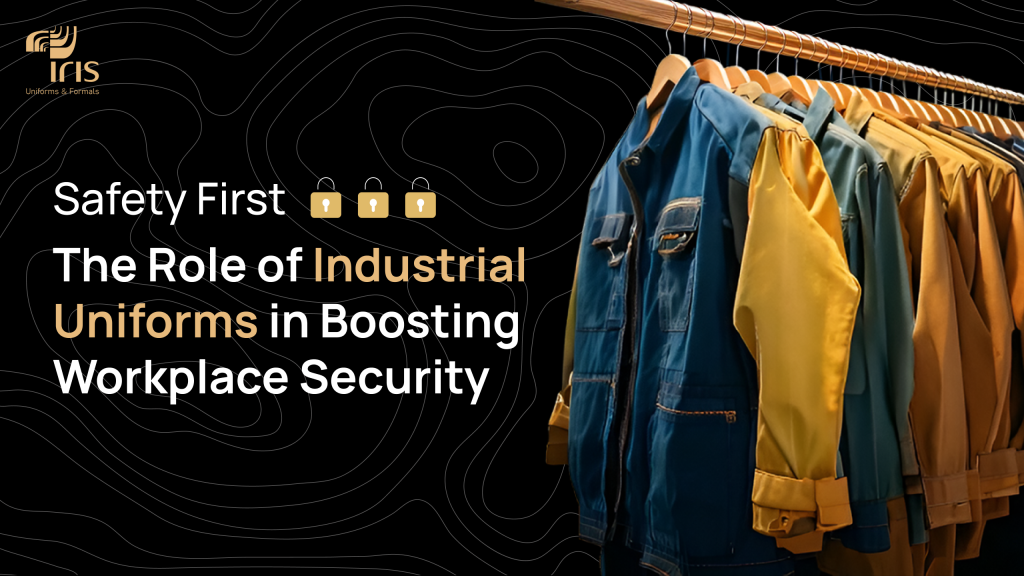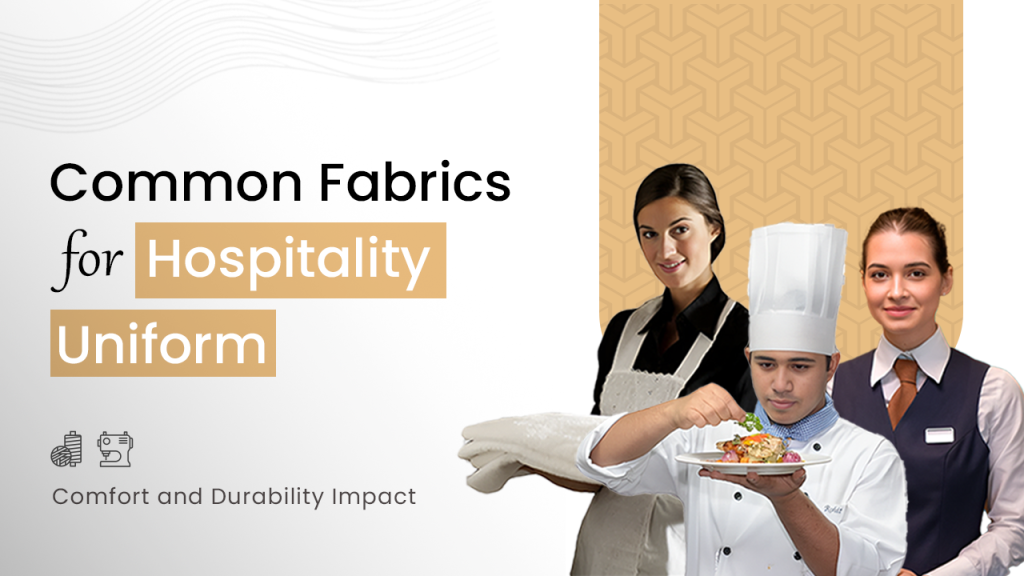
Top Mistakes to Avoid When Designing F&B and Housekeeping Uniforms
Uniforms play an important role in shaping the identity of both F&B and housekeeping uniform; after all, it’s all about the brand and its values. While F&B uniforms need to reflect the dining experience with exclusivity in their design, the dynamic nature of the job calls for accommodations; the design of uniforms for housekeeping allows freedom of movement and durability during strenuous tasks.
Designing the perfect uniform is a balancing act between aesthetics, functionality, and comfort. One wrong move may lead to discomfort for your staff and a disconnect in the representation of your brand.
This blog points out critical differences between F&B and housekeeping uniforms and pinpoints the essential mistakes one needs to avoid while designing them, so that they fit seamlessly with your brand’s goals and operations.
Common Uniform Design Mistakes to Avoid
1. Neglecting Practicality and Comfort
Most mistakes are made when appearance is taken into consideration over practicality. Stylish uniforms may project the brand image but are useless if they get in the way or invite discomfort. F&B staff are on their feet all day serving guests, while housekeeping personnel engage in physically demanding tasks.
Solution:
Sewing should be done with light, breathable, and durable fabrics. The designed uniform should allow ease of movement, for example, stretchable fabric and ergonomic cuts, among others. Prototyping on actual staff can help weed out potential problems before settling on a design.
2. Brand Identity
F&B uniforms are direct ambassadors of your business. Forgetting to include your brand’s colors, your logo, or the overall theme of your brand is a missed opportunity to further build and strengthen your brand.
Solution:
Keep in mind that the design must align with your brand aesthetic; use colors that complement or match your logo or interior design. Subtle branding, such as embroidered logos or monograms, also deserves consideration. The style of the uniform should reflect whether your establishment is formal dining or a casual café.
3. Take Into Consideration Durability and Maintenance
F&B and housekeeping uniforms are washed very frequently and go through a lot of wear and tear. Choosing fabrics that fade, shrink, or tear easily means having to replace them constantly, and looking unprofessional in the process.
Solution:
Good-quality, stain-resistant, wrinkle-free material is used that can take the brunt of repeated washes. Spending more on strong fabrics initially will save money over time and also keep your employees looking professional.
4. Climate and Environment
Outfits designed without considering the local climate or working environment can make for uncomfortable, inefficient workers. The use of heavy fabrics would make employees uncomfortable in hot climates, while lighter ones may not provide the requisite insulation in cold regions.
Solution:
Uniform fit for the work environment: For hot and humid environments, breathable fabrics should be used, such as cotton blends. For cold environments, layering is important, with the addition of lightweight jackets or vests. If your employees work indoors and outdoors, versatility is key.
5. Wearing Non-Functional Designs
Very complex designs of uniforms make it difficult for an employee to perform his job well. For example, too tight uniforms may hamper in movement, and too much detailing may get caught up with something or interfere with the work process.
Solution:
Keep it simple yet functional. Practical details include tool pockets, adjustable closures for a better fit and moisture-wicking properties that will keep your staff comfortable during very long shifts. Avoid embellishments with no function.
6. Lack of Accommodating For Gender
A solution designed to be universal without considering needs for any gender; this could amount to personnel dissatisfaction. Improperly fitted clothes disgrace employees and lower the level of comfort.
Solution:
Offering fits or designs for men/women or having unisex fits which are equally slimming and practical to a full range of body-type structures – besides size options: all staff shall wear their clothes with confidence in place and wear them comfortably.
7. Not Consulting Your People
F&B and housekeeping uniforms designed without consultations with the wearers are less satisfying and not practical. Workers may alienate from the very end product if their ideas and opinions are not taken into consideration.
Solution:
Involve your employees in the designing process. Take a survey or discuss what they would want and not want. Let them sample and give an opinion on comfort, fit, and functionality.
8. Making Cleaning Too Complicated
Uniforms made of fabrics that require special care, such as dry cleaning or delicate washing, will certainly become a logistical and financial nightmare for employees and employers alike.
Solution:
Specify easy-to-clean and -maintain fabrics. Machine-washable and quick-drying materials save time and effort. Giving care instructions to the staff ensures longevity and sustains the appearance of the uniform.
9. Not Considering Safety
Safety is one of the more important factors that are often overlooked when it comes to designing uniforms. Long, loose sleeves are hazardous in certain F&B functions where one has to deal with hot liquids or flames; similarly, slippery shoes could result in falls among housekeeping staff.
Solution:
Design for safety: loose outer clothes for F&B staff, for instance, and flame-resistant material where appropriate; non-slip shoes and gloves for housekeepers engaged in handling chemicals or liquids.
10. Undermining Aesthetic Appeal
As much as functionality may be an indispensable feature of any uniform, making a uniform with no mind to its overall aesthetic value would make the staff appear not so modern, or look like something from another time and space, and this too applies to customer perceptions.
Solution:
Balance aesthetics with functionality. Sleek, fashionable designs will keep the staff proud and confident, professional, but appropriate. Finally, it’s time to team up with designers specializing in hospitality uniforms for the best outcome.
11. Budget Overload
The temptation is toward either going ultra-cheap on uniforms or going all out on the most expensive design-and both lead to some serious problematic results. Ultra-cheap uniforms may not last long, while ultra-expensive design may strain your budget.
Solution:
Devise a realistic budget that considers quality, functionality, and aesthetics. Liaise with vendors who can offer value for money without compromising on salient features.
12. Not Timelessly Trendy
Outdated styles will make your business look old; following old trends in the industry could leave customers disappointed.
Solution:
Keep up to date with hospitality uniform design trends. Refresh the design periodically to be able to mirror today’s modern feel while still holding on to your core identity.
Conclusion
Designing uniforms for F&B and housekeeping uniforms goes beyond creativity; it requires the expertise of a reliable custom uniform designer to blend style, practicality, and functionality seamlessly. This ensures that the uniforms reflect your brand identity and meet the specific demands of these roles.
Well-crafted uniforms not only enhance employee satisfaction but also leave a lasting impression on customers. Whether designing for the first time or updating existing uniforms, focusing on comfort and performance will help align them with your business goals.





